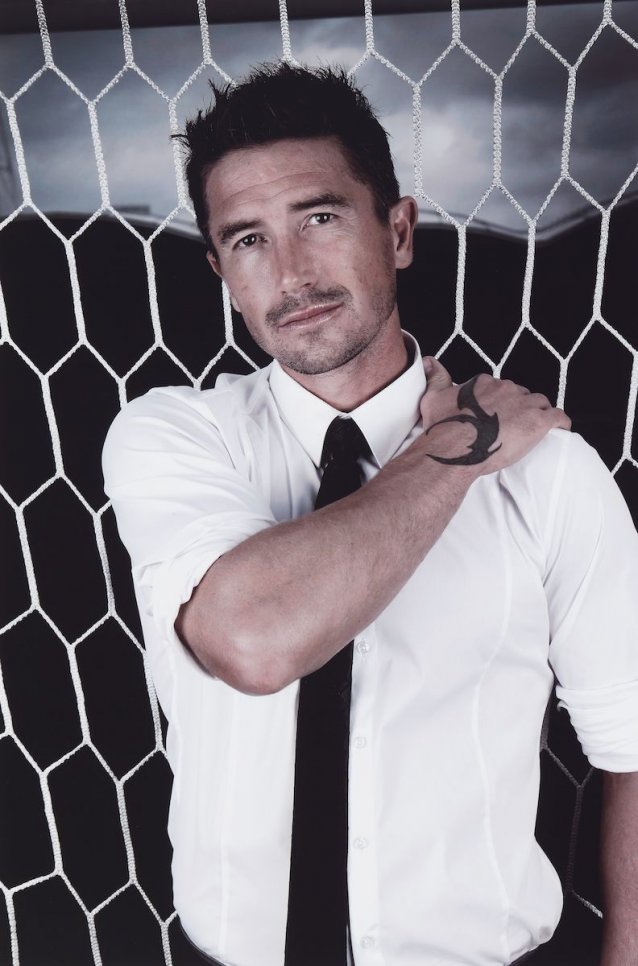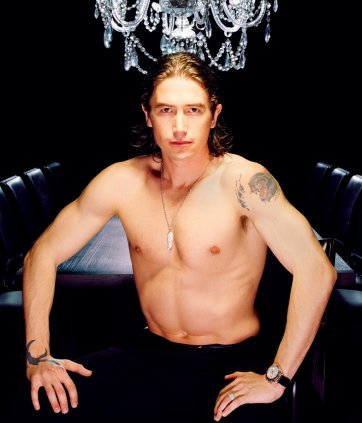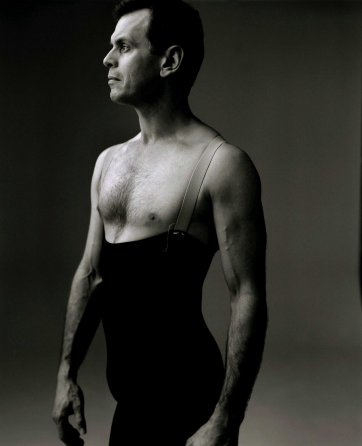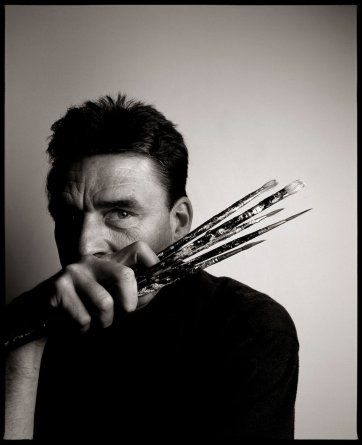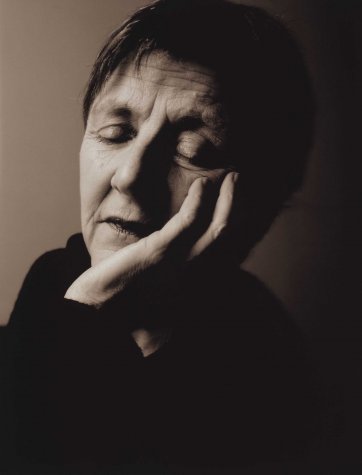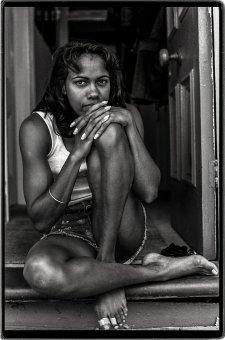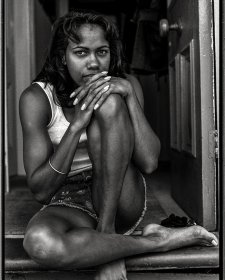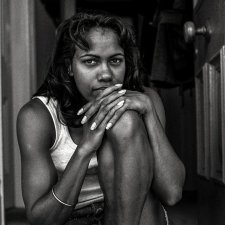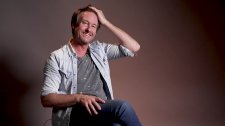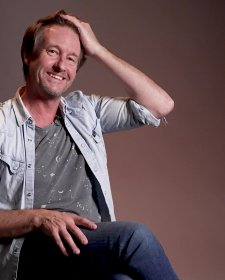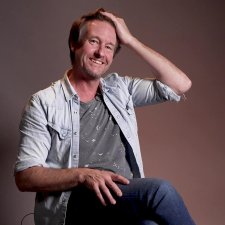Harry Kewell (b. 1978) is one of Australia’s most successful soccer exports. Raised in the Sydney suburb of Smithfield, Kewell was sixteen when he was invited to try out for English club, Leeds United, who signed him in 1995. In his eight seasons with Leeds, Kewell played 181 matches, scored 45 goals and, in partnership with compatriot, Mark Viduka, helped the team to the semi-finals of the European club championship, the Champions League, in 2000–01. The Professional Footballers’ Association Young Player of the Year for 1999–2000, Kewell’s strike rate and attacking abilities eventually attracted highly lucrative bids for his services from the likes of Barcelona, Chelsea, AC Milan and Manchester United, but in 2003 he signed a deal with Liverpool, the club he’d supported as a boy. With Liverpool, Kewell took part in the Champions League win against AC Milan in 2005, despite being subbed-off early in the final; and he was a member of the Reds team that defeated West Ham United to take out the 2006 FA Cup. First selected for Australia, aged seventeen, in 1996, Kewell was part of the Socceroos squad that in November 2005 defeated Uruguay in a penalty shoot-out for a place in the 2006 World Cup Finals. It was the first time since 1974 that Australia had qualified. Later, Kewell’s man-of-the-match performance in a group stage game against Croatia played a crucial role in the Socceroos’ progression, for the first time, to the knock-out stage of the competition. In all, Kewell played 56 games for the Socceroos. At the conclusion of five injury-plagued seasons with Liverpool, Kewell signed with the Turkish club, Galatasaray, remaining there until an opportunity to play for the A-League’s Melbourne Victory instigated his return to Australia in 2011. Kewell was voted Australia’s greatest ever footballer in a 2012 poll of fans, players and experts and was named in Australia’s all-time best soccer side. He retired from professional soccer in March 2014.
Julian Kingma (b. 1968) commenced his photographic career in 1988 as a cadet for the Age in Melbourne, and went on to work there for ten years as a features photographer. During this period he won numerous awards including the Quill Award for Best Portrait in 1998 and the World Food Awards’ Best Photograph in 2001. Since he began working freelance in 2003, his photographs have featured regularly in magazines such as The Good Weekend, Black + White, Harpers Bazaar and Rolling Stone.
Collection: National Portrait Gallery
Purchased 2012
© Julian Kingma
The National Portrait Gallery respects the artistic and intellectual property rights of others. Works of art from the collection are reproduced as per the
Australian Copyright Act 1968 (Cth). The use of images of works from the collection may be restricted under the Act. Requests for a reproduction of a work of art can be made through a
Reproduction request. For further information please contact
NPG Copyright.
